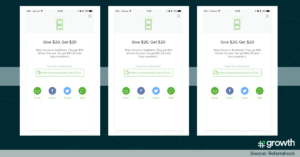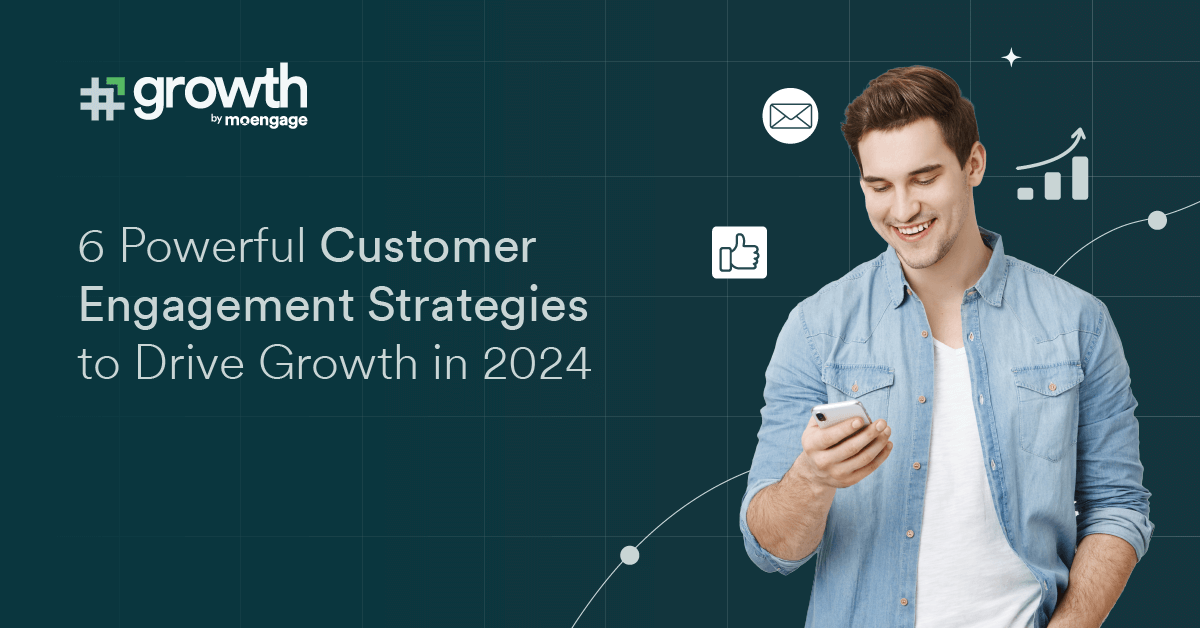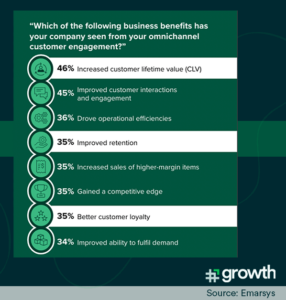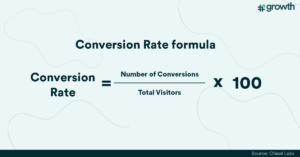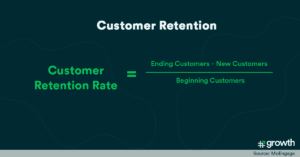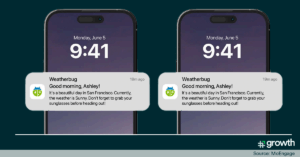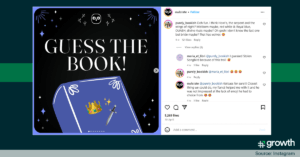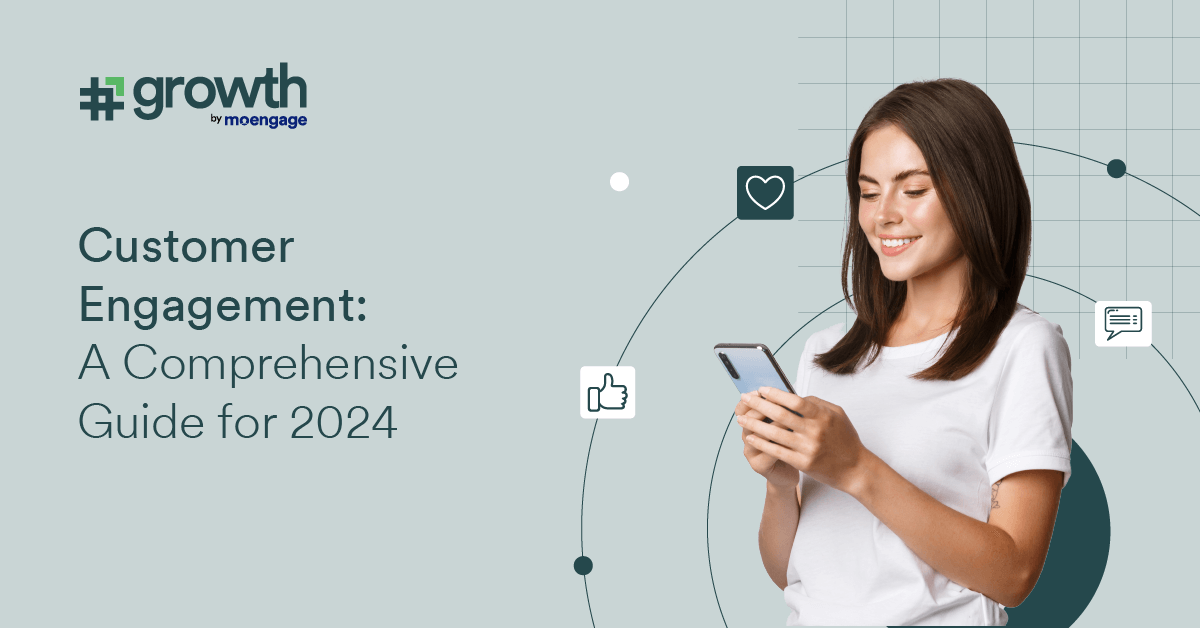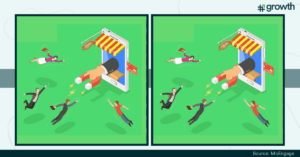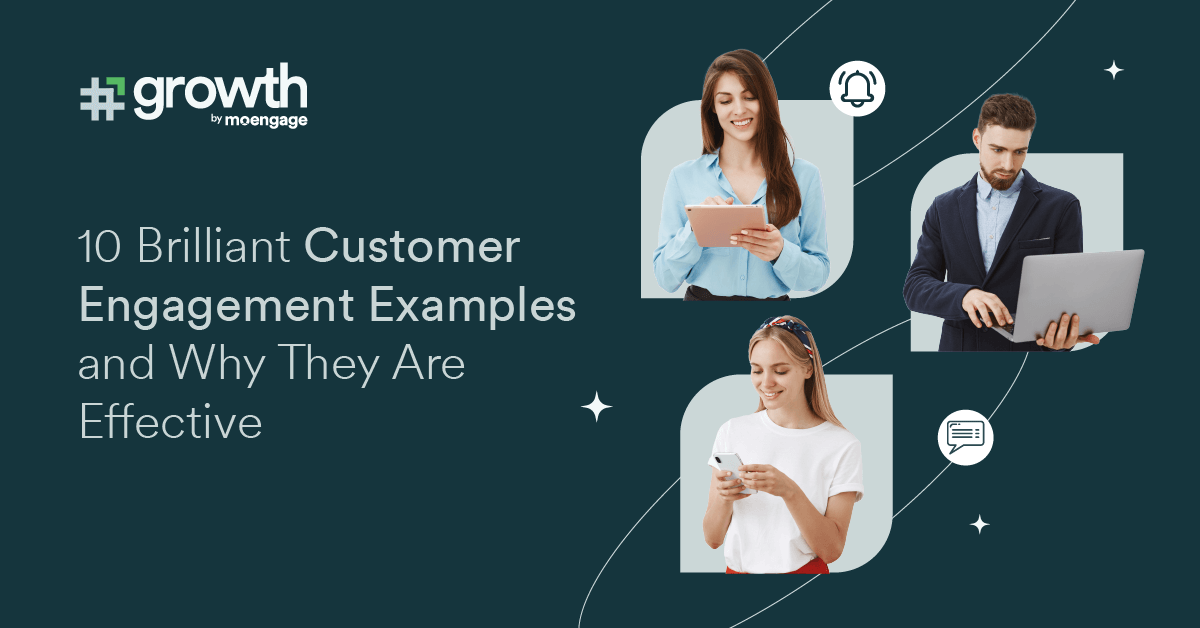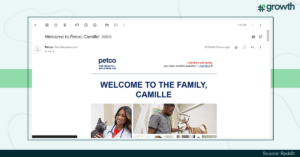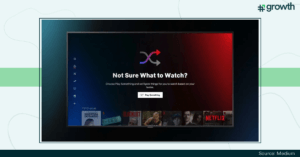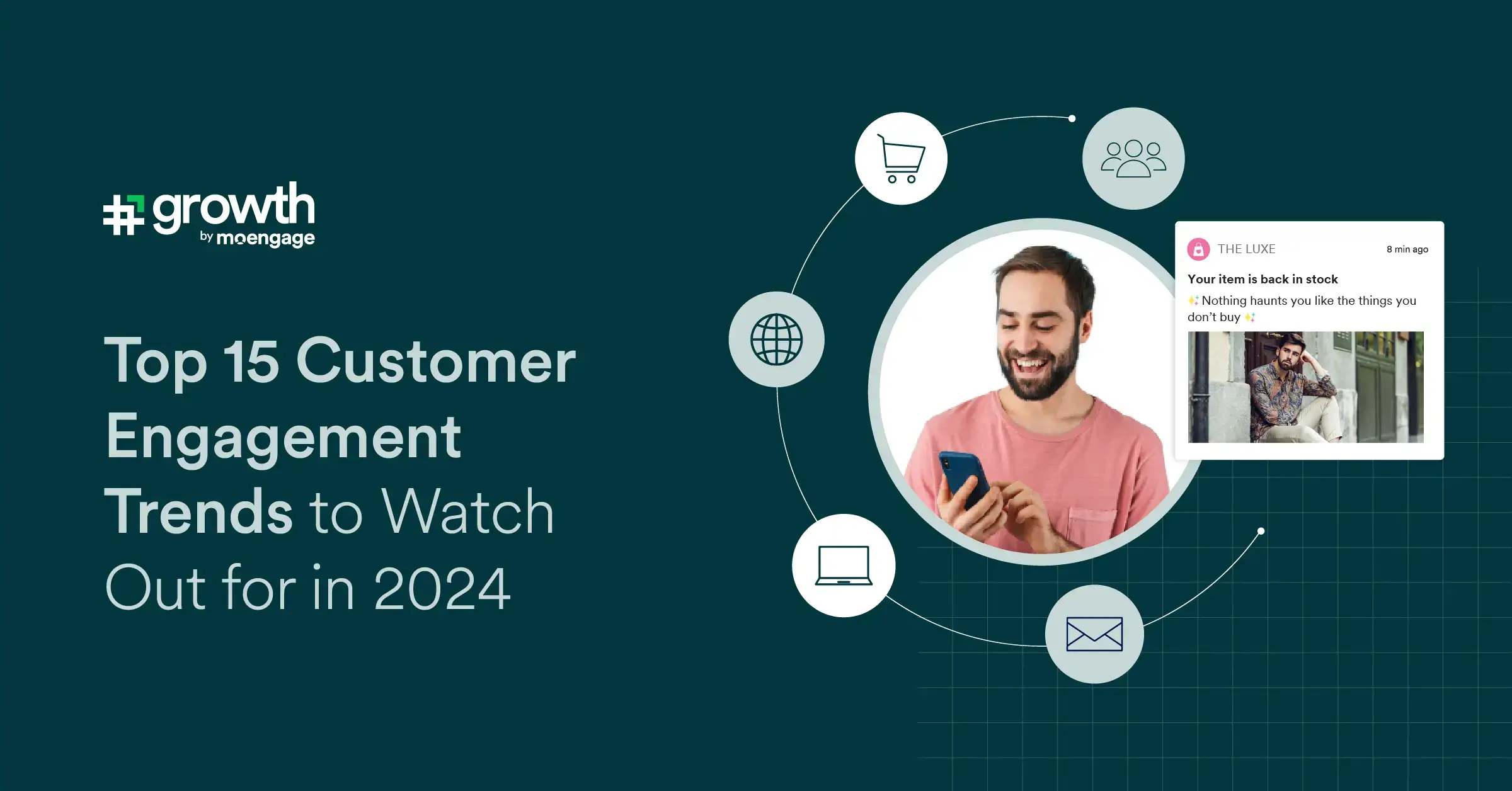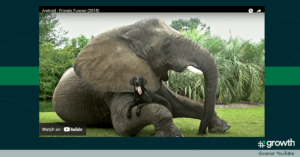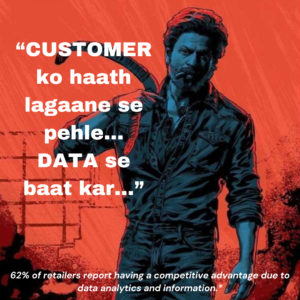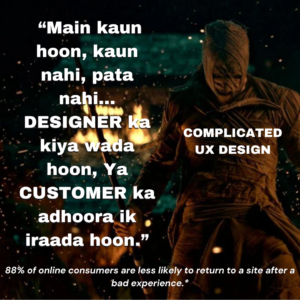A customer lifecycle includes the various stages a customer goes through, from first learning about a business to using it till they stop being a customer. It covers a customer’s entire relationship with a business.
The customer lifecycle stages vary between businesses. However, for most digital businesses, such as apps or SaaS platforms, there are seven key stages, as shown below.

In this post, we’ll discuss the seven customer lifecycle stages and offer tips on engaging customers at each stage.
1. Discovery
This is the stage where a consumer discovers your brand or product for the first time.
Brand discovery can happen in various ways. Consumers may see an ad on social media, watch a video of someone talking about your brand, or something else.
This could even happen through an offline channel, even if you run a digital business. For instance, they may hear about your brand through an offline event or fair or through word of mouth from a friend.
Your goal at this stage should be to inform as many relevant consumers as possible about your brand and its offerings.
Here are some key strategies that will help you let more people discover your brand:
- Run targeted social media and search ads to reach specific audiences who might be interested in what you have to offer.
- Post relevant and useful content on social media and use hashtags to reach a wide audience.
- Create great content for your website and blog, and invest in SEO to let people organically find and visit your website.
- Run a buzz marketing campaign where multiple influencers talk about your brand and share branded content on social media.
2. Onboarding
Once consumers discover your brand and develop an interest in it, they’ll likely visit your website or app to learn more.
For a digital business, this is the stage where consumers either download their app or create a free account or profile on their platform.
Your goal at this stage should be to provide an exceptional experience to users so they engage with your app or platform and find it useful.
Here are some tips for you to deliver immersive experiences during onboarding:
- Make the onboarding process as simple and quick as possible. Provide easy sign-up options, keep your sign-up form short, and ensure there are no hassles when creating an account.
- Welcome new users, collect their preferences, and ask them to opt in to receive brand communications.
- Provide educational materials to teach people how to use your app or platform to its full potential. The easier they find it to use your app, the more likely they are to stay on and become paying customers.
- Decide whether you want to provide users full access to your platform for a limited time or offer limited access forever. This choice will depend on your type of business. For example, gaming apps allow forever free access, but users need to make in-game purchases to unlock additional features. A B2B SaaS company may limit access to advanced features to paid customers.
MyFitnessPal, a calorie-tracking and fitness app, uses an onboarding survey to collect user preferences and customize their in-app experiences.
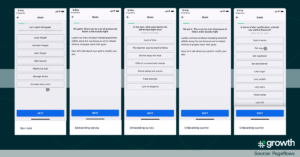
The app lets new users set their goals and quickly introduces them to the various features and functionalities to get them acquainted with the interface right from the start.

Overall, the app provides a great onboarding experience and also prompts new users to either continue with the free trial or choose a paid plan.
3. Activation
Did you know that 53.6% of North American consumers visit a site or app 3+ times before buying?
Clearly, converting casual users and site visitors into customers takes time and effort.
That’s why once a user has been onboarded and started using your platform, your next goal should be to get them on a paid plan. This stage, where a free user turns into a paid customer, is called the Activation stage.
There are many activation prompts you can use, depending on your type of business. Here are some examples to get you started:
- Offer free in-app currency and prompt users to buy more or find ways to earn more when it is exhausted.
- Nudge users to try a paid, advanced feature that will improve their experience. Use feature tours to drive more engagement and conversions.
- Send in-app or email reminders to encourage users to take a desired action and use special offers and discounts to incentivize them.
- Announce new features and product updates to draw users’ attention to paid, unused features of your app or platform.
Remember, user activation does not always involve turning a free customer into a paid one. It could also be a user completing a certain action, such as successfully using the app for ten days or finishing the entire onboarding educational content.
For some businesses, customers would opt for a paid plan after the discovery stage itself. For such businesses, keeping users engaged and upselling would be activation goals.
Now that we’ve got that cleared, let’s look at a great example of an app that does user activation right.
BetterMe, a fitness app, uses a lucrative, time-limited offer to activate users. The countdown timer creates a sense of urgency, while the message “Special Gift For You” shows that the offer is exclusively for a particular user. Both these tactics help drive clicks and conversions.

4. Repetition
The customer lifecycle involves all stages from when a consumer discovers a product till they decide to stop using it and churn. So, if you think your job is done once you’ve acquired a paid customer, you’re mistaken.
So, what’s the next stage in the customer lifecycle?
4. Repetition and retention
At this stage, your goal should be to retain existing customers and encourage repeat business.
Here are some tips to help you out.
- If you have a subscription business model, use auto-renewals to get customers to stay longer. This ensures repeat business for your company unless a customer specifically chooses to end their subscription.
- For gaming apps or apps that rely on frequent in-app purchases, time-limited offers and discounts work well to get users to keep buying.
- If your platform has sophisticated features, educating users on how to get the most out of it boosts retention. Tutorials, walk-through videos, and a resource hub with essential product information can help customers get the most out of the platform and continue using it.
5. Habituation
While it’s great to get repeat business from new customers, it’s not enough. You should focus on long-term customer retention to boost loyalty and customer lifetime value.
What does this mean?
Consider this: you acquired a new customer for your gaming app, and they made a few in-app purchases. However, after a few weeks, they got bored and uninstalled the app.
You would probably not even recover the amount you spent on marketing to acquire the new customer, aka customer acquisition cost.
On the other hand, if you engage the customer enough to ensure they keep coming back to your app for years, even if they don’t make frequent purchases, you’ll get more value from them over their lifetime.
That’s the power of habituation—keeping a customer engaged for a long time and increasing their lifetime value.
Here are some ways you can get customers habituated to your app or platform.
- Update your product regularly and introduce new and useful features.
- Collect user feedback and ask them what new features or functionality they’d like to improve their overall experience.
- Identify issues in user experience and keep improving your user interface to deliver a great customer experience.
- Ensure customer engagement by consistently offering value and staying relevant.
- Use gamification to keep users engaged and trying to reach higher levels or unlock new content or features.
Many habit-tracking apps, for instance, unlock additional features as users continue their streaks and stay on track with their goals. However, it’s not limited to such apps, and many types of businesses can replicate this strategy.
Duolingo, a language learning app, uses gamification and rewards to keep users engaged. It rewards users for daily streaks and regular use of the app, as shown below.
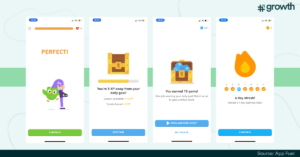
This is a great way to keep users engaged and increase app use, which helps develop a habit and boosts retention.
6. Loyalty
After a user has become habituated to your app or platform, your next aim should be to build loyalty.
No, repeat use does not necessarily mean a user is loyal to your brand. They may easily switch to another if they get better value.
Loyalty is more about building strong customer relationships and connections than about getting repeat business. Of course, your regular customers are the prime candidates for your initiatives to build brand loyalty, but it requires work.
So, who is a loyal customer, and how can you build brand loyalty?
A loyal customer is someone who consistently chooses your brand over others and has a strong emotional connection with you. They are not easily swayed to switch to competitors by deals and offers.
Here are some tips to build loyalty:
- Provide exceptional customer support and service experience and ensure prompt issue resolution.
- Personalize customer experiences by providing individualized offers and recommendations.
- Take feedback seriously. Ask your regular customers what improvements they’d want and implement those to let them know their feedback is valued.
- Engage customers with gamified loyalty programs that reward them for various actions, such as making a purchase or following your brand on social media.
- Build an online community of loyal customers on social media or platforms like Discord.
XL Axiata, for instance, uses AI-based recommendations and personalized omnichannel experiences to boost app stickiness. It leveraged MoEngage to boost customer engagement and retention and achieved a 29.5% conversion rate from its rewards program.
Clearly, personalized marketing is a great way to boost brand loyalty and strengthen customer relationships.
7. Advocacy
By this stage, you have loyal customers who love using your platform and are loyal to your brand.
At this customer lifecycle stage, you should turn these loyal customers into brand advocates. This means that they not only regularly use your platform but also recommend it to others.
One of the best strategies for encouraging brand advocacy is running a referral program. The idea is to incentivize customers to refer your brand to their friends.
Follow these tips to get this right:
- Offer double rewards to both the referrer and the new customer they bring in to ensure both have enough incentive to follow through.
- Make referral incentives a part of your loyalty program if you don’t want to create a separate referral program.
- If you don’t have a loyalty program, you can simply offer in-app referral incentives and provide each customer with a referral code or link.
Here’s an example of a simple referral incentive by TaskRabbit. The app offers $20 to both parties for a successful referral.
Ready to Manage Customer Lifecycle for Your Business?
Now that you understand the various customer lifecycle stages of an online business, you’re better equipped to engage customers at each stage.
Follow the tips provided in this guide and experiment with various tactics to identify the ones that work best for you.
Also, use this guide to create targeted conversion funnels for your business, with specific tactics to engage users at each stage of the customer purchase journey.
Lastly, don’t forget to invest in a good customer engagement platform to get the best results from your marketing initiatives. All the best!

